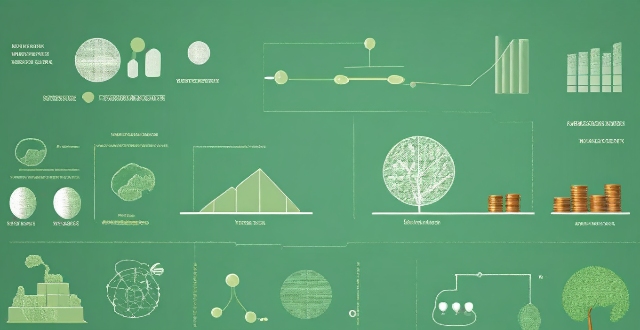The article discusses the various risks associated with green finance investments, including market risk, credit risk, operational risk, environmental risk, reputational risk, and legal and regulatory risk. It emphasizes the importance of understanding these risks before making investment decisions in order to achieve desired levels of risk and return.

Risks Associated with Green Finance Investments
Green finance investments are becoming increasingly popular as investors seek to support environmentally sustainable projects. However, like any investment, there are risks associated with green finance investments that must be carefully considered before making a decision. In this article, we will explore some of the key risks associated with green finance investments.
1. Market Risk
Market risk is the risk that the value of an investment will decline due to changes in market conditions, such as interest rates, exchange rates, or economic growth. Green finance investments are not immune to these factors and can be affected by broader market trends. For example, if there is a global economic downturn, investors may become more risk-averse and reduce their exposure to green finance investments.
2. Credit Risk
Credit risk refers to the possibility that a borrower or counterparty will default on their obligations, resulting in a loss for the investor. Green finance investments often involve lending to companies or projects that may not have a long track record of financial stability. As such, there is a higher likelihood of default compared to more established investments.
3. Operational Risk
Operational risk is the risk of loss resulting from inadequate or failed internal processes, people, systems, or external events. Green finance investments often involve complex projects that require specialized knowledge and expertise. There is a risk that operational issues could arise, leading to delays, cost overruns, or even project failure.
4. Environmental Risk
Environmental risk refers to the potential impact of natural disasters, climate change, or other environmental factors on the performance of green finance investments. For example, a renewable energy project may be affected by changing weather patterns, which could reduce its output and revenue. Similarly, a conservation project may be threatened by deforestation or habitat destruction caused by human activities.
5. Reputational Risk
Reputational risk is the risk that negative publicity or perceptions about a company or project could harm its financial performance. Green finance investments often attract attention from media and activists who may criticize the project's environmental impact or question its sustainability credentials. This could lead to reputational damage and reduced investor confidence.
6. Legal and Regulatory Risk
Legal and regulatory risk refers to the possibility that changes in laws or regulations could affect the profitability or viability of green finance investments. Governments around the world are increasingly introducing policies to promote sustainable development, which could create new opportunities for green finance investments. However, these policies could also change unexpectedly, leading to uncertainty and potential losses for investors.
Conclusion
While green finance investments offer attractive opportunities for investors seeking to support environmentally sustainable projects, they also come with unique risks that must be carefully considered before making a decision. By understanding these risks and taking steps to manage them effectively, investors can make informed decisions about their portfolio allocations and achieve their desired level of risk and return.